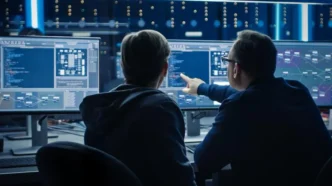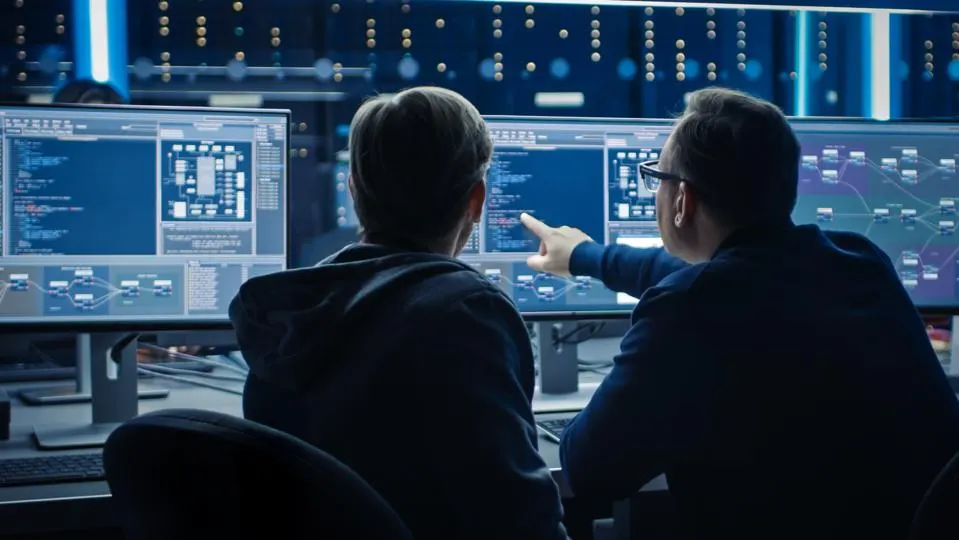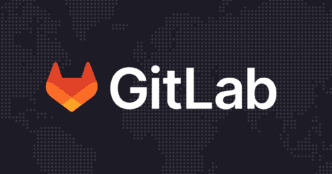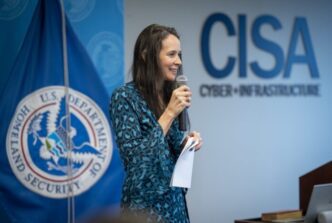In 2025, Continuous Threat Exposure Management (CTEM) has moved from buzzword to backbone. For today’s CISOs, it’s not just a framework—it’s a smarter way to lead. As threats evolve faster and boardroom pressure rises, CTEM gives security leaders what they need most: real-time visibility, ongoing validation, and measurable impact.
What makes CTEM different is its shift from reactive protection to proactive control. It continuously aligns security operations with real-world risk, turning threat exposure into something you can actually track and manage. Instead of playing defense, CISOs now operate with a live map of exposures—and a plan to close them fast.
CTEM Turns Real Threats into Measurable Action
At the center of CTEM is Adversarial Exposure Validation (AEV)—a hands-on approach powered by tools like Attack Surface Management (ASM), autonomous penetration testing, red teaming, and Breach and Attack Simulation (BAS). These tools go beyond traditional scans. They simulate how real attackers think and move, helping teams uncover and fix the vulnerabilities that actually matter.
This shift is more than technical. It’s cultural. CTEM represents a new mindset where cybersecurity is a continuous business process, not a one-time assessment. Forward-thinking CISOs are using CTEM to accelerate remediation cycles, gain clearer visibility, and connect security strategy directly to business priorities.
Gartner backs this up. By 2026, companies that base investments on CTEM are expected to be three times less likely to suffer a breach.
The Three Pillars of CTEM
CTEM works because it’s structured around an ongoing loop of exposure discovery, testing, and management. The three key elements include:
- Adversarial Exposure Validation (AEV): AEV simulates real attacks using AI and automation. It helps teams test defenses under real conditions and spot the gaps early. Think of it as a rehearsal for the threats that haven’t hit yet.
- Exposure Assessment Platforms (EAP): These platforms help prioritize what matters most. They continuously collect, analyze, and rank risks, so teams aren’t overwhelmed by noise but guided by impact.
- Exposure Management (EM): EM turns insights into action. It gives teams the workflows and visibility needed to remediate exposures quickly and track progress over time.
Together, these layers help CISOs transform security from a static compliance function into a dynamic, data-driven business enabler.
Core Tools Driving CTEM Adoption
1. AEV in Action
By mimicking the latest tactics used by attackers, AEV helps organizations validate whether their defenses actually work—not just on paper, but in practice. AI and machine learning help scale these efforts, letting teams test and improve faster than ever before.
2. ASM: Expanding the View
With digital footprints constantly expanding, ASM helps map every exposed asset—cloud, on-prem, third-party. When combined with AEV, ASM shifts from basic inventory to a mission-ready exposure plan. It’s not just about knowing what’s out there—it’s about knowing how to defend it.
3. Autonomous Pentesting and Red Teaming
Manual pentests are slow, expensive, and infrequent. Autonomous tools bring speed and scale, offering real-time insight without the long lead times. CISOs now get rapid feedback and can respond before attackers even try.
4. Breach and Attack Simulation (BAS)
While pentesting goes deep, BAS keeps a constant pulse. It automates attack scenarios—phishing, lateral movement, exfiltration—and checks whether controls respond properly. BAS gives teams the confidence that their defenses are not only present but effective.
Why CTEM Is Gaining Ground Now
The momentum behind CTEM isn’t random. A few clear shifts are making it the go-to strategy for cybersecurity leaders in 2025:
- Growing Complexity: Cloud sprawl, SaaS growth, and digital supply chains have widened the attack surface. CTEM keeps it visible and under control.
- Efficiency Demands: CTEM reduces duplicate work by integrating and automating threat validation. It speeds up response without burning out teams.
- Better Metrics: CTEM replaces guesswork with clear metrics on exposure, response time, and risk reduction—making board conversations easier and more impactful.
- Compliance Pressure: New rules like NIS2, DORA, and SEC reporting mandates demand more than checklists. CTEM offers continuous proof of security readiness.
Conclusion: The Only Way Forward Is Continuous
Cyber threats don’t pause—and neither should your defense. CTEM is not a trend. It’s the necessary evolution of cybersecurity. By embracing real-time validation, prioritizing critical exposures, and delivering measurable impact, CISOs are finally able to shift from reactive firefighting to strategic leadership.
Security that adapts wins. CTEM is how we get there.













